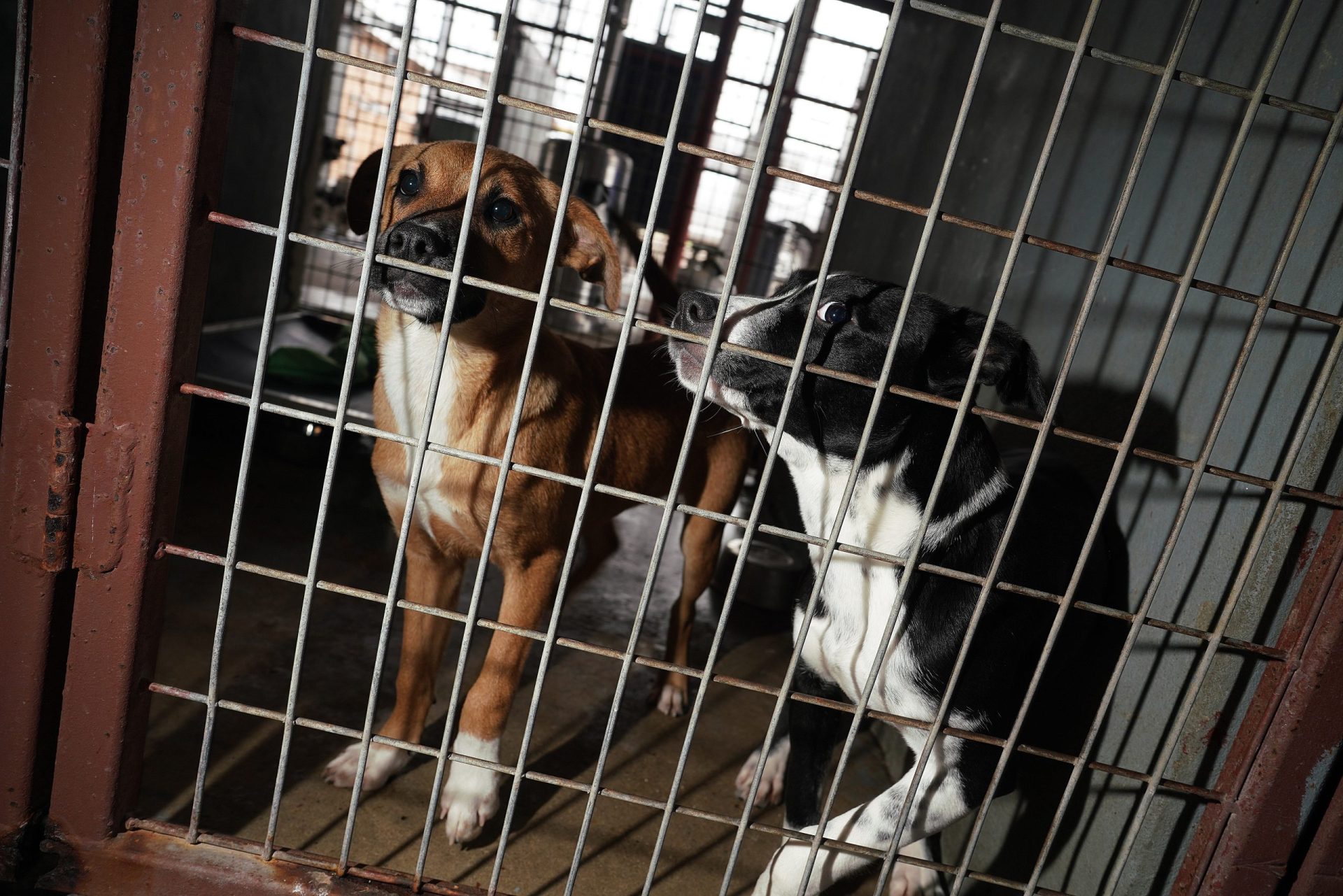|
Only have a minute? Listen instead
Getting your Trinity Audio player ready...
|
In recent years, several Rio Grande Valley animal shelters have joined the growing trend of declaring themselves no-kill facilities. At the same time, growing numbers of animal rights activists are starting to question whether such policies are plausible, and if they ultimately are really in animals’ best interests as a general matter.
The recent case involving more than 50 dogs and cats sent from the Rio Grande Valley Humane Society in Harlingen to a New York shelter that later was found to have “extreme conditions of filth and crowding” offers a good example of why concerns are being raised.
The local facility sent the animals to Empawthy Animal Rescue in Latham, N.Y. On Jan. 17 police and other animal rights workers raided the facility and found More than 100 animals in squalid conditions at the 1,200-square-foot facility — about the size of a three-bedroom house. Carcasses of 15 cats and a rabbit were found in a freezer.
It’s unknown if any of the animals at Empawthy originated in the Valley, or what happened to those that were.
But it shows the great lengths many people go to in order to maintain their no-kill policies, saving animals from the tragic fate of being put to death simply because a shelter needs to make room for the next wave of animals they receive and go unadopted.
No-kill shelters that do need space first seek local volunteers to foster animals while permanent homes are sought. When they can’t find any close to home, they send animals to other foster homes or shelters beyond their region, such as San Antonio, New Mexico and, in this case, as far away as New York.
Such efforts are costly, and burn up resources that might have been used to feed and care for animals here or pay for overhead costs, leading some people to question whether the expense compromises the quality of care the animals receive here.
Several animal rights groups, including the People for the Ethical Treatment of Animals, have come under fire for their open opposition to no-kill shelters. They note, however, that cases such as Empawthy aren’t as rare as people might think.
It doesn’t necessarily mean the problematic shelters and foster homes have bad intent. Some, in the name of saving as many lives as possible, take on more than they can handle, or underestimate the cost and commitment fostering takes when they first volunteer.
No-kill opponents also say that shelters that can’t take any more animals simply stop accepting them, leaving them on the streets to face predators, fight, be hit by cars or reproduce — which only exacerbates the stray animal problem.
No one likes to see animals executed solely because their cages are needed for other animals that ultimately could face the same fate. Fostering, spay-and release programs and other efforts should be encouraged, but while euthanasia should be as rare as possible, at times it might be the most practical option.
Of course, the problem of what to do with so many strays could be reduced if more people were responsible pet owners and didn’t discard them as often as they do. All animals — with or without homes — deserve better than this.




